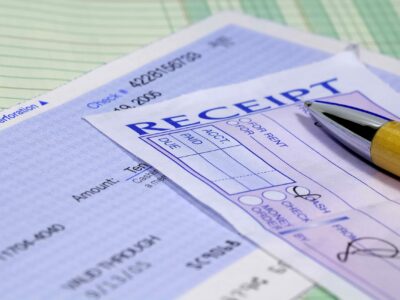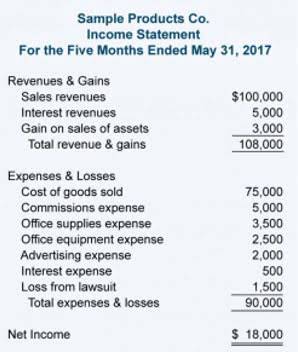Retained Earnings Journal Entry Example

Retained earnings in a partnership are not kept in the business as a separate entity; instead, they are allocated to each partner’s capital account. Partners may choose to leave a portion of their earnings in the business to fund future operations or withdraw them for personal use. The allocation of retained earnings must be meticulously recorded to ensure transparency and fairness among partners. The figure is calculated at the end of each accounting period (monthly, quarterly, or annually). As the formula Interior Design Bookkeeping suggests, retained earnings are dependent on the corresponding figure of the previous term.
- They are generally available for distribution as dividends or reinvestment in the business.
- The temporary revenue and expense accounts are reset to zero, ready for the next accounting cycle.
- He has been the CFO or controller of both small and medium sized companies and has run small businesses of his own.
- Make sure to identify this information so you’ll know what your retained earnings were at the start of the current period.
- Conversely, a net loss occurs when a company’s expenses exceed its revenues during an accounting period.
- The dividend payable reduces the balance of retained earnings so it is debited in the financial books.
Are Retained Earnings a Debit or Credit?
- Dividends are distributions of a company’s accumulated profits to its shareholders.
- In sole proprietorships, retained earnings are directly tied to the owner’s equity.
- A company selling merchandise on credit will record these sales in a Sales account and in an Accounts Receivable account.
- Liabilities are what a company owes to outside parties, encompassing obligations like loans or accounts payable.
- On the Balance Sheet, retained earnings are presented within the owner’s equity section, alongside other equity components like common stock.
- A strong equity position, bolstered by consistent profitability and prudent retention of earnings, can lead to favorable borrowing terms and increased investor confidence.
Cash generated from earnings might have already been used for assets or paying liabilities. The figure shows the shareholders’ claim on net assets arising from undistributed profits. Dividend payments represent a distribution of wealth from the retained earnings account, separate from the generation of net income.
Normal Balance and the Accounting Equation
- Since retained earnings represent accumulated profits that increase the owner’s stake in the company, they naturally carry a credit balance.
- Profits generally refer to the money a company earns after subtracting all costs and expenses from its total revenues.
- This cumulative amount reflects the company’s historical profitability and its strategy for growth.
- The most common credits and debits made to Retained Earnings are for income (or losses) and dividends.
- Decisions regarding retained earnings are influenced by economic conditions, industry trends, and competitive pressures, underscoring the complexity of this financial metric.
Fluctuations in retained earnings offer insights into a company’s financial trajectory and strategic decisions. Adjustments to retained earnings can occur due to changes in accounting policies or corrections of prior period errors, as guided by GAAP or IFRS. These adjustments are recorded directly in retained earnings to provide an accurate reflection of a company’s financial position.

BAR CPA Practice Questions: Proprietary Funds Statement of Revenues, Expenses and Fund Balances

At the end of year three, Josh, Inc. has a $30,000 balance in its RE account (10,000 + 25,000 – 5,000). See how it’s a cumulative running tally of the corporate earnings and losses? The retained earnings account is never closed and will always maintain a balance even if it has a deficit.


A net loss would decrease retained earnings so we would https://prolipa.com.ec/blog/2021/12/09/incurred-vs-accrued-in-accounting-main-differences/ do the opposite in this journal entry by debiting Retained Earnings and crediting Income Summary. Assets are economic resources owned by the business, such as cash or equipment. For example, receiving cash debits the cash account, while paying an expense credits it.

A cash dividend involves debiting retained earnings and crediting dividends payable, leading to a cash outflow once paid. Stock dividends require an entry that debits retained earnings and credits common stock and additional paid-in capital, reflecting the distribution of additional shares. The statement of retained does retained earnings have a credit balance earnings, often presented alongside the balance sheet, details changes in retained earnings over a specific period.

